Introducing Grizzly
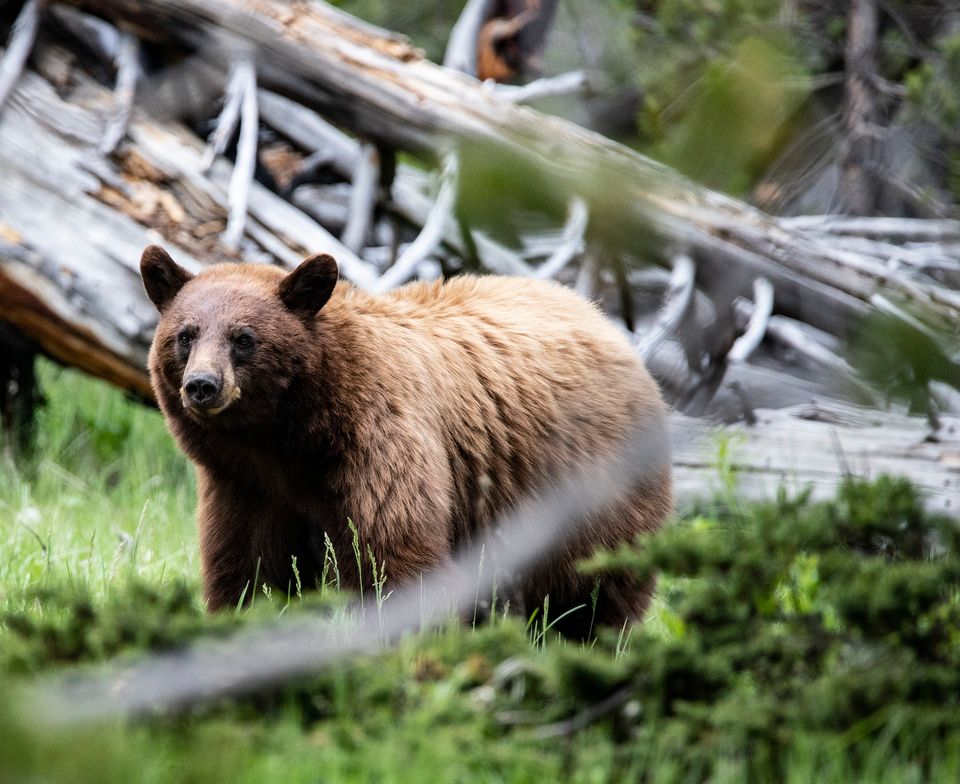
Never in my life have I imagined living in a place where I could participate in the process of introducing grizzly bears to my own neighborhood!
The opportunity to reintroduce grizzly bears—a big, scary, top-level predator—is a rare moment in American history. It taps into our most deep-seated fears and runs counter to the ways that European settlers have treated wildlife since we set foot on these shores.
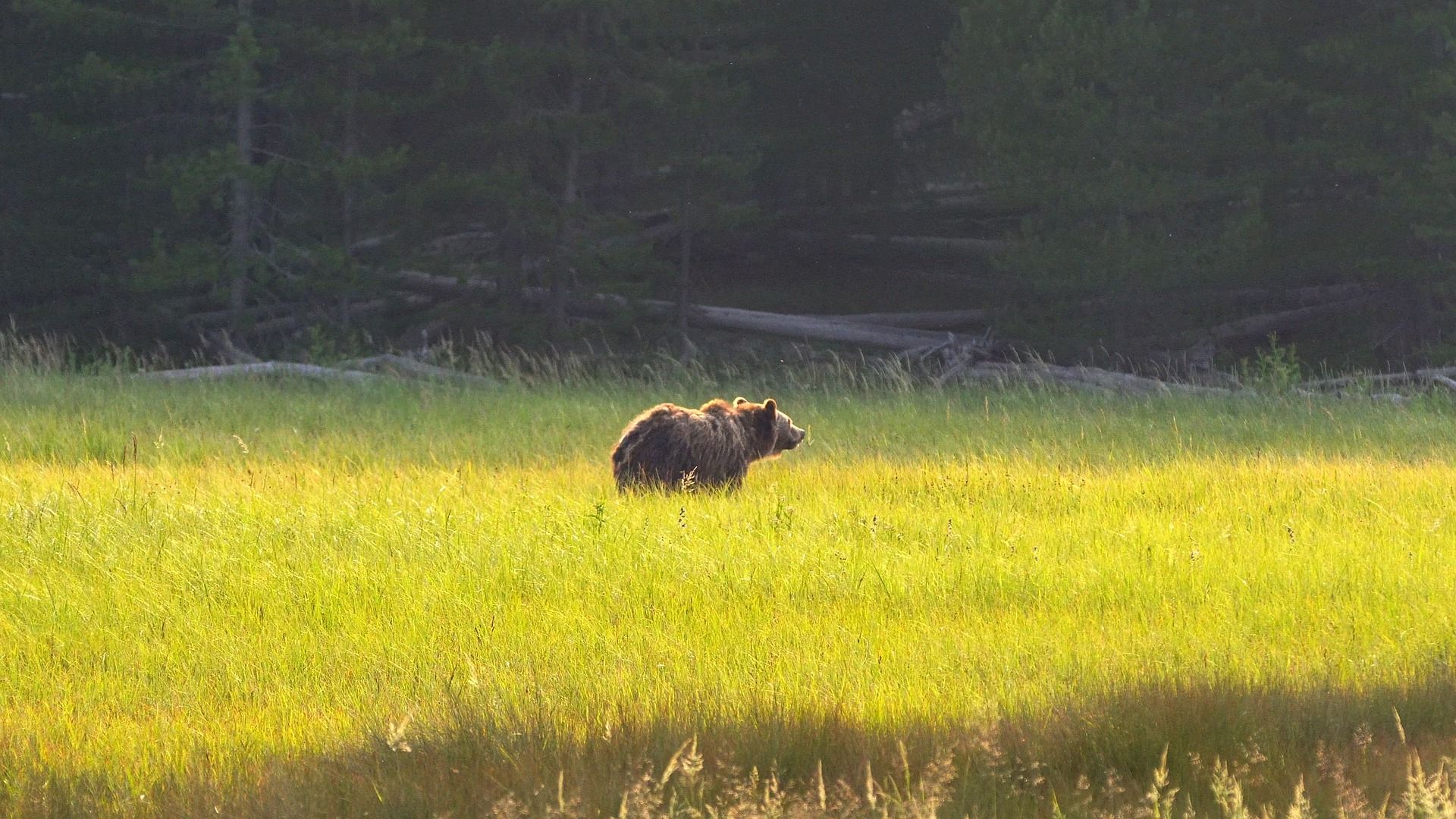
I live in the North Cascades Ecosystem, a vast and extremely wild landscape that is considered the largest tract (nearly 6.5 million acres!) of suitable habitat left in North America with no grizzlies. Records indicate that the Hudson Bay Company killed thousands of grizzlies in this region in the 1800s—with the last grizzly killed here in 1967—but the North Cascades now stands alone, like an island surrounded by a sea of unsuitable habitat.
Scientists have consequently spent decades studying habitat conditions and food sources in the North Cascades, and concluded that this region could currently support about 400 bears.
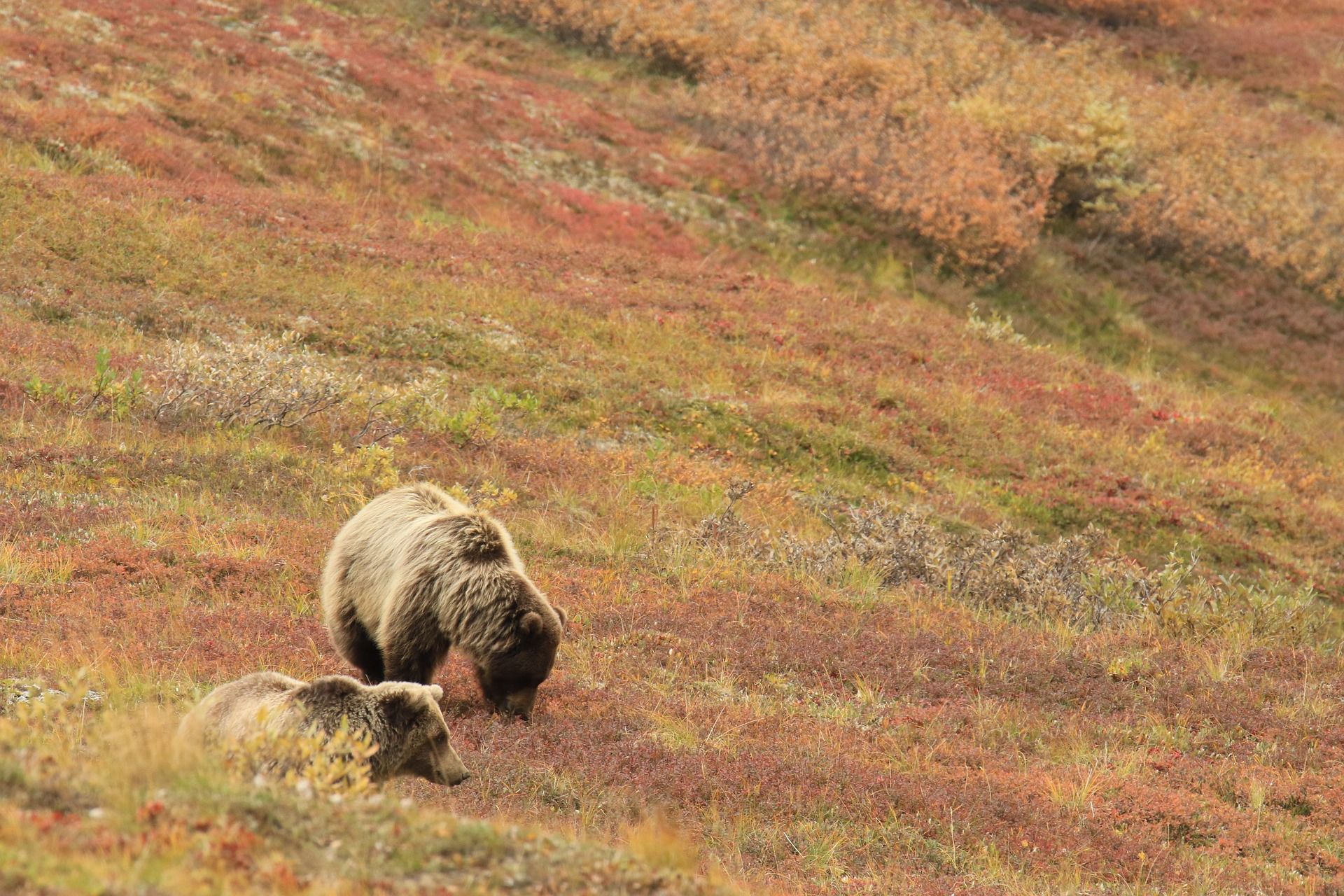
However, fifty years after being listed as a threatened species, grizzly bears still have not been reintroduced to this last critical piece of habitat. And so, an inter-agency team is now working to secure public support for a reintroduction effort.

Last week, I headed to town for the final public meeting on this plan. And, as I drove, I felt a sense of pride and excitement that we have this astonishing opportunity to restore a fully intact ecosystem.
To my surprise, the venue was packed!
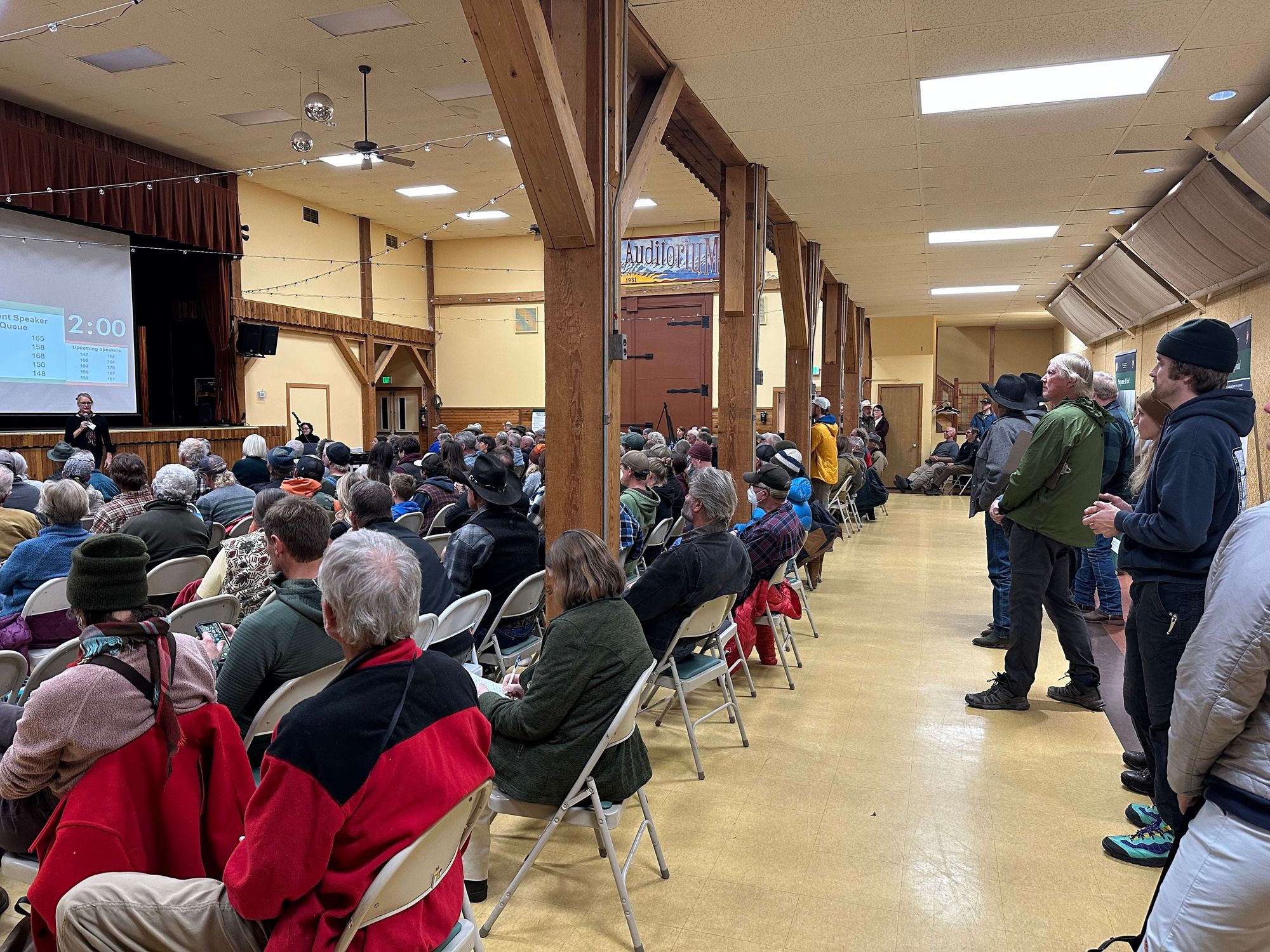
And my excitement faded as soon as people began standing up and commenting. Even though a show of hands revealed that the auditorium was split 50/50 on the issue, the vast majority of speakers expressed fierce and bitter opposition to the plan.


I guess I live in a bubble where I spend my days thinking about healthy ecosystems and the spirit of wild places, but the reality is that people have diverse viewpoints, and all too often those viewpoints are based on fear and misunderstanding.
The most frequent comment I heard at the meeting was some version of "grizzlies are going to wander into town and start eating pets and people in their yards!"
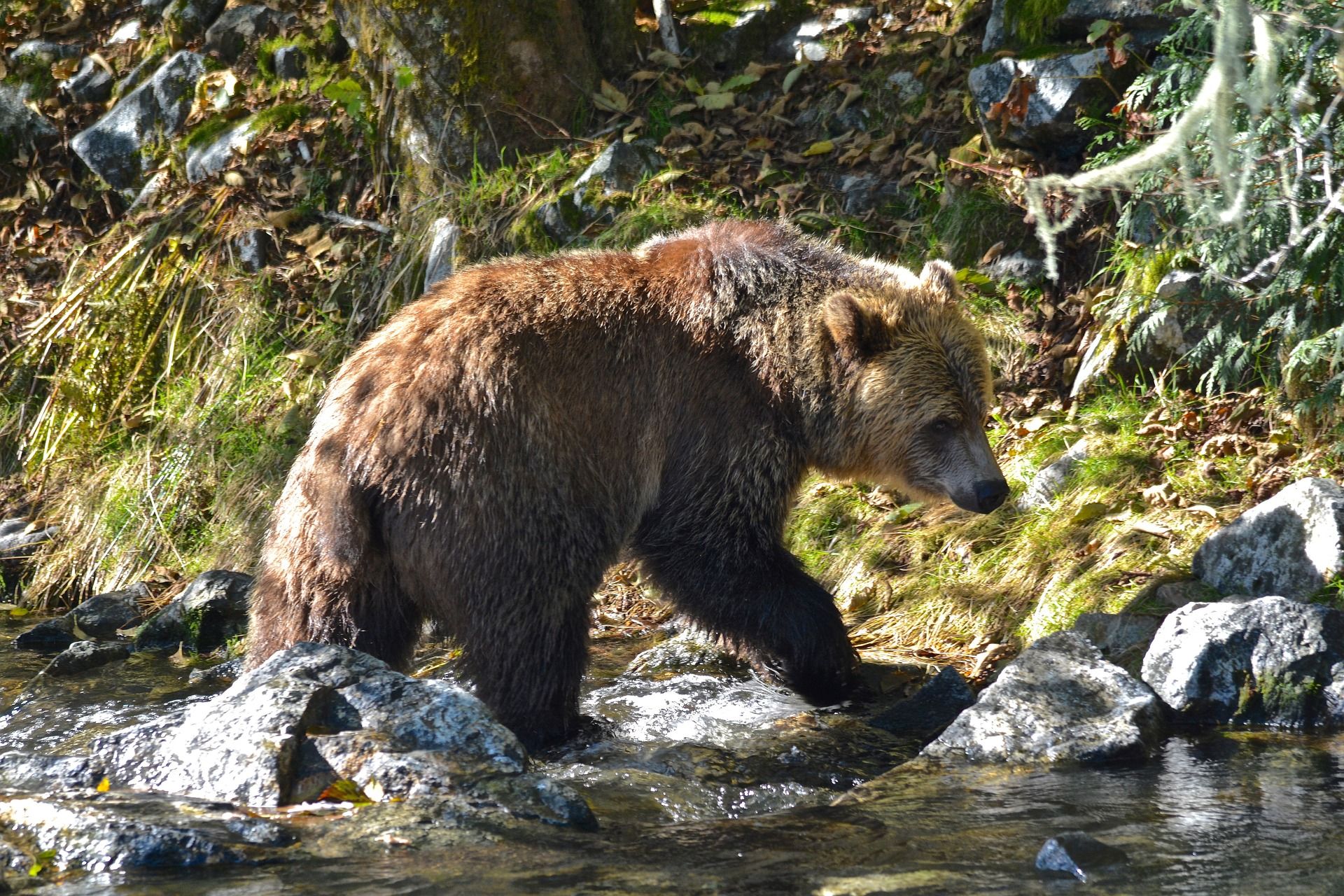
I guess this harkens to the point I made earlier about deep-seated fears. And, it's perfectly natural that people are afraid of things they don't understand, especially if there's a long history of defending this fear.
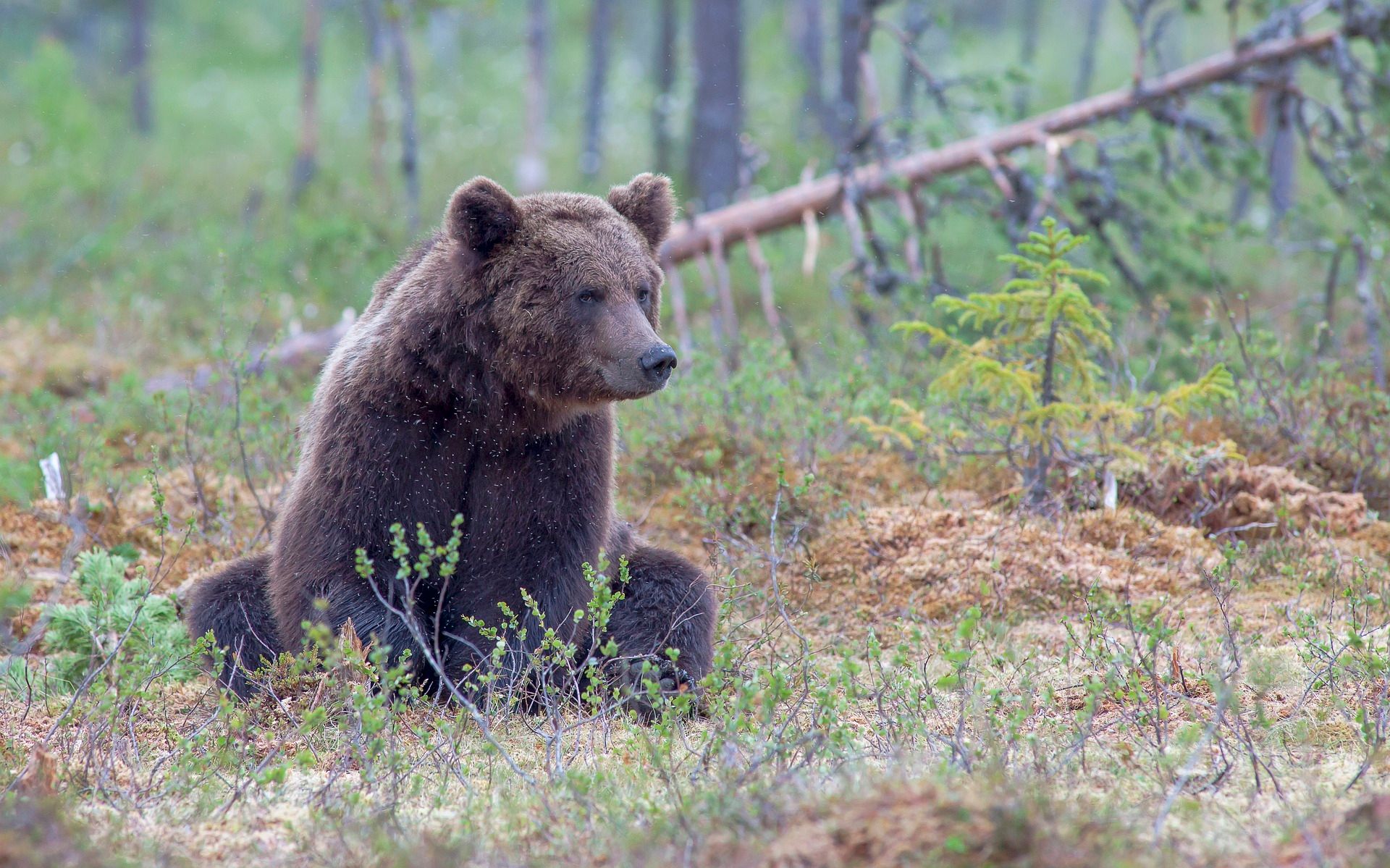
But someone also pointed out that a 30-year effort to reintroduce 22 grizzlies to Montana's Cabinet Mountains has not led to a single bear attack, and that local communities are now so used to the issue that updates aren't a top news story anymore.
Unfortunately, here in the North Cascades, our communities and political leaders have no experience with grizzly bears in this landscape. This is new terrain for all of us, and we're all feeling our way forward together.
Grizzly bears signify wilderness and wildness on a level that few other animals come close to, but sadly, they loom so large in our imagination that most people don't realize how threatened and precarious their populations really are.
Grizzlies need big, remote places and females only breed once every 3-6 years, so their populations grow slowly and it's nearly impossible for them to colonize new areas, like the North Cascades, on their own.
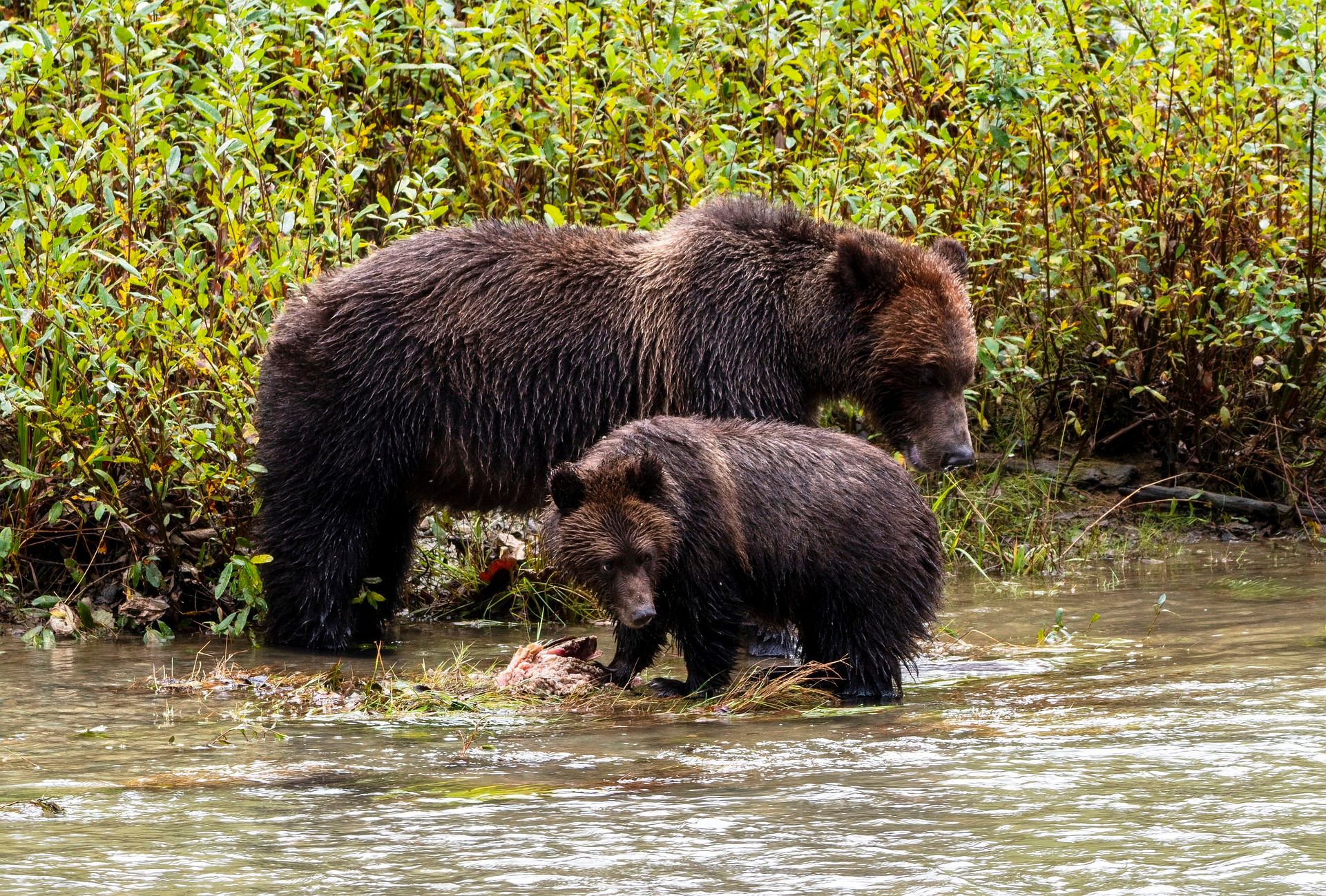
Overall, there are fewer than 2000 grizzly bears remaining in the Lower 48 states, and they are only found on about 6% of their former range. This is not enough of a buffer to prevent genetic inbreeding, or safeguard these animals from impending climate change. It's critical that we establish a new population in the one big spot left where they could thrive, and I remain hopeful that this will happen.
Member discussion